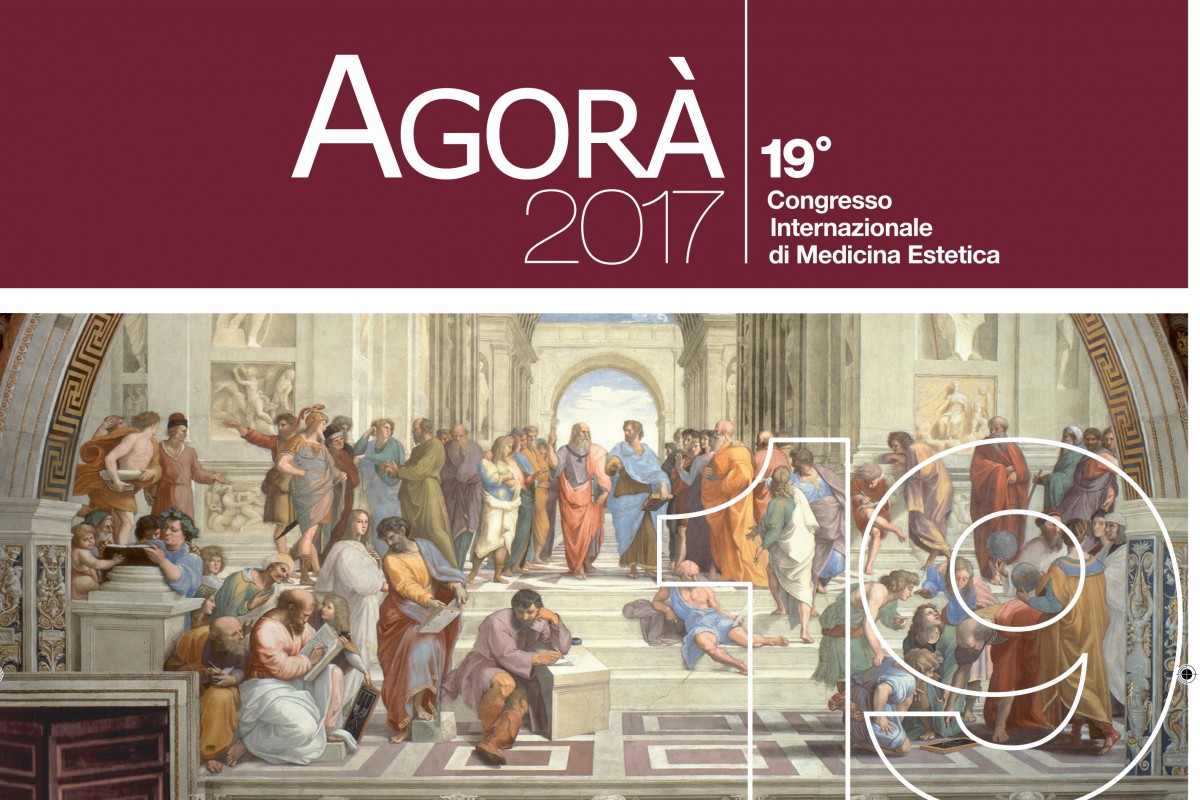
Stem Cell Therapy to look younger
My concept of face rejuvenation is based on 4 simple considerations:
1 Rejuvenating means improving primarily the central part of the face; our gaze plays a fundamental role in the beauty and youth of the face. Unfortunately, most rejuvenating techniques (“skin lifting with or without various SMAS flaps”) act mainly on the side parts:
2 Rejuvenating means restoring tone and volume and regenerating tissues, all of which is much more important than simply “stretching” the skin;
3 Selecting for our patients the safest, least invasive techniques, always avoiding overtreatment – treatments that are exceedingly invasive for the problem that needs to be solved;
4 Skin rejuvenating techniques, when mini-invasive, naturally restore face tone and volumes and regenerate the cutis.
These target middle-aged patients (77% between 40 and 55 years old). My personal case history of face surgical rejuvenation since 2001 totals more than 400 cases, and the average age of my patients so far has been 46!
According to this philosophy, I have codified the MIVEL techniques (Minimal Incisions Vertical Endoscopic Lifting) for the vertical repositioning of deep tissues, and SEFFI (Superficial Enhanced Fluid Fat Injection) Micro S.E.F.F.I. (Micro Superficial Enhanced Fluid Fat Injection) for the restoration of skin volumes and its regeneration.
The technique employed must yield evident, long-lasting results that are proportional to the patient’s condition.
Face rejuvenation should not mean transformation; it must restore the characteristics of the face that got lost over the years. For this reason, I believe it is crucial to ask patients to produce a photograph taken 10-20 years before. Such pictures are extremely useful for our surgical programme and to help patients understand our goals.
SEFFI and Micro SEFFI as evolution of LIPOFILLING. How does SEFFI differentiate from LIPOFILLING?
First of all, what do they have in common? They are both auto-grafts of adipose tissue, but the two techniques differ in terms of:
a. Harvesting,
b. Preparation,
c. Grafting type,
d. Grafting level.
Coleman standardised the lipofilling technique, but his main merit was that of showing the importance of loss of volume in the process of ageing of the face. He taught us that volume and skin tone restoration are fundamental in any face rejuvenating technique, much more than stretching the skin. The classic lipofilling technique showed that volume dropped quickly and in a poorly predictable manner, while skin quality and tone continued to improve over the months. In addition, the adipose tissue harvested with cannulas with large holes (often larger than 2 mm) consisted of large lobules, which made the treatment of some areas, such as the skin around the eyes, practically impossible due to the risk of irregular contours. In other areas, deep grafting was not possible, as they became areas of extensive dissection if associated to surgical techniques.
These observations led us to study three aspects in more detail:
– Improving adipose tissue attachment;
– Making the tissue more fluid and homogeneous for superficial grafting;
– Increasing the regenerating action of the adipose tissue.
By grafting the adipose tissue in a diffuse (avoiding “bolus” of graft) and superficial manner (where the dermal plexus is richer), we increase the possibility of attachment. This requires a fluid tissue consisting of small adipose lobules that do not create superficial irregularities on the skin. Adipose tissue has great potentiality in the regenerative field, way beyond simple volume restoration.
ADSCs are the precious part, the “gold”, found in the “river” of adipose tissue. Using adipose tissue grafting as mere filler would be like harvesting and using “pebbles” instead of “gold”. Our research has focused on developing a technique that exploits as well as possible the two great potentialities of adipose tissue: volume restoration and tissue regeneration. The latter is markedly more important, because it is unique.
In order to harvest this “gold” we need a thin “sieve” and an accurate and delicate preparation, in addition to an accurate and superficial graft: this is SEFFI and Micro SEFFI.
The fundamental points are:
a. Harvesting with thin cannulas and very small entrance holes (0.5 and 0.8 mm SEFFI and 0.3 Micro SEFFI) (fig. 1)
b. Superficial grafting
c. Mostly needle or micro cannula grafting
Adipose tissue has great potentialities, but it must be handled carefully and delicately, according to accurate protocols based on scientific studies; only in this manner can we exploit its great regenerative capacity and maximise the level of attachment of adipocytes.
S.E.F.F.I. AND MICRO SEFFI
These techniques, thanks to the grafting of adipose tissue, ensure volume restoration and skin regeneration, resulting in natural rejuvenation that is harmonic and long lasting, much more evident than the average skin lifting that does nothing but stretch the skin. The MIVEL technique completes the rejuvenating treatment by vertically repositioning the tissues using a minimum-scar endoscopic technique.
My personal face rejuvenation philosophy almost never includes removal of skin from the face in order to “stretch”: I believe traditional face lifting is not the best technique for face rejuvenation, if used as single technique.
TREATMENT DESCRIPTION
The SEFFI and Micro SEFFI treatment is carried out as outpatient or day-hospital regime, without the need for hospital admission. A light anaesthesia is performed in the area from which the adipose and stem cells are removed, then these cells are injected in the face using thin needles or micro cannulas.
It is advised to apply ice to the face for a few hours. Recovery is very fast. After only a few days it’s already possible to observe toning, and after a few weeks the mesenchymal cell regenerating effect starts.
MEDICATION
No medication is required for the face; the needle or micro cannula used for the graft requires no suture stitches or medicated bandages. For the collection area, a Steri Strip bandage is placed on the cannula entrance points, with a slight compression on the area.
At the end of the graft we normally massage the face with antibiotic cream.
Patients can shower and wear make-up the day after the procedure. There may be bruises in the treated area, usually mild, and they usually disappear spontaneously within a few days. We advise Sec Vodder latero-cervical manual lymphatic drainage; exposure to sun rays is not advised until the bruises have been reabsorbed and are no longer visible.
MAINTENANCE
No medical or surgical therapy for face rejuvenation should be considered as single treatment, for the simple reason that time continues to tick and ageing obviously never stops.
Patients must understand that SEFFI and Micro SEFFI techniques are not simple volume-increasing techniques (or they would otherwise be easily replaceable with any filler available in the market), but veritable anti-ageing therapies. Thanks to ADSCs (mesenchymal stem cells), the result is a regenerative stimulation that continues through time and that requires periodical treatments.
Of course, the type and frequency of treatments will depend on the patient’s initial situation and lifestyle. On average, the second treatment is scheduled for a year after the first, at our clinic.










